The Incredible World of Puffins: Fun Facts & Amazing Adaptations
What Makes Puffins So Special?
Explore the Incredible World of Puffins. Puffins are some of the most adorable and fascinating seabirds on the planet. But have you ever wondered where puffins live or what puffins eat? These fascinating seabirds are full of surprises! With their bright orange beaks, expressive eyes, and charming waddle, these birds have captured hearts around the world. But did you know that puffins can carry up to 30 fish in their beaks at once? Or that their beaks change color with the seasons?
Nicknamed “sea parrots” for their bright beaks and “clowns of the sea” for their playful waddles, puffins are full of surprises!
Let’s dive into the amazing world of puffins and uncover some fun facts you probably didn’t know! 🌊🐦



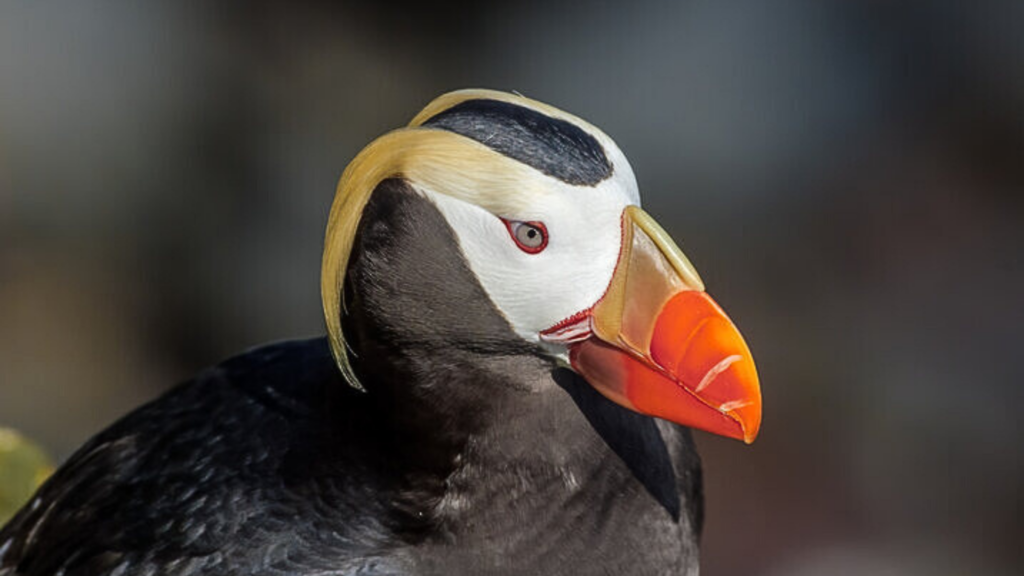


Where Do Puffins Live? (Puffin Habitat & Adaptations)
Puffins thrive in the cold, remote coastal regions of the Northern Hemisphere, nesting on rugged cliffs and offshore islands in places like:
✔ Iceland – Home to over 60% of the world’s Atlantic puffin population!
✔ Norway
✔ Canada
✔ Greenland
✔ The United Kingdom
Puffins have a special reflective layer in their eyes that helps them see clearly underwater, making them expert hunters! They can also drink seawater, thanks to a salt gland above their eyes that filters out excess salt.
These seabirds are expert divers and flyers, perfectly adapted for life on the ocean.
Meet the Three Puffin Species
There isn’t just one kind of puffin—there are three unique species, each with its own charm:

Atlantic Puffin – The most well-known, with its classic black-and-white body and colorful beak. 🐧

Tufted Puffin – Found in the North Pacific, it has golden tufts of feathers for a striking look. ✨

Horned Puffin – Also in the North Pacific, it features a black “horn” above its eyes, adding to its expressive appearance. 👀
How Do Puffins Nest? 🏠
Unlike most seabirds that nest on rocky cliffs, puffins prefer underground homes! 😲
✔ They dig burrows up to 3 feet deep in grassy slopes or rocky crevices.
✔ The burrows protect their eggs and chicks from predators and harsh weather.
✔ Puffin pairs often return to the same burrow year after year, improving it like tiny home renovators!
Puffins are also monogamous, often forming lifelong bonds with their mates and raising a chick together each year.
Inside, their nests are lined with soft feathers and plant material, making them extra cozy.
Puffin Superpower: Carrying Multiple Fish at Once! 🐟🐟🐟
One of the coolest things about puffins is their ability to carry multiple fish at once. Thanks to their specialized beaks, they can hold 10, 20, or even 30 fish in a single trip!
Puffins are also incredible divers, plunging up to 200 feet (60 meters) underwater in search of food!
These impressive skills helps feed their chicks more efficiently, making sure they get enough food while spending more time at sea.


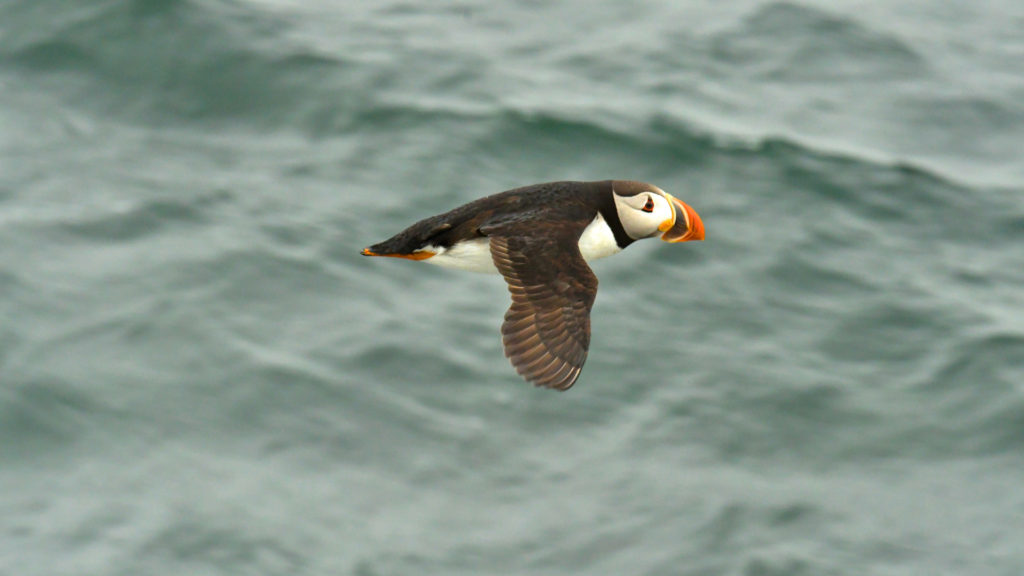
How Long Do Puffins Live? ⏳
Puffins are long-lived birds, with lifespans of up to 20 years in the wild—sometimes even longer in protected nature reserves! Their excellent diving skills and ability to avoid predators help them survive for decades.
Puffins can live up to 20 years in the wild—but how long do puffins live in different environments? Some even surpass this age in protected areas!
Puffin Parenting: Raising the “Puffling” 🐣
✔ Puffins lay just one egg per season.
✔ Both parents take turns incubating the egg for about 40 days.
✔ When the chick hatches, it’s covered in soft, gray down and is called a puffling! 😍
✔ The parents work tirelessly to feed their chick for about 6 to 8 weeks, bringing back fish until the puffling is ready to fledge and head out to sea.
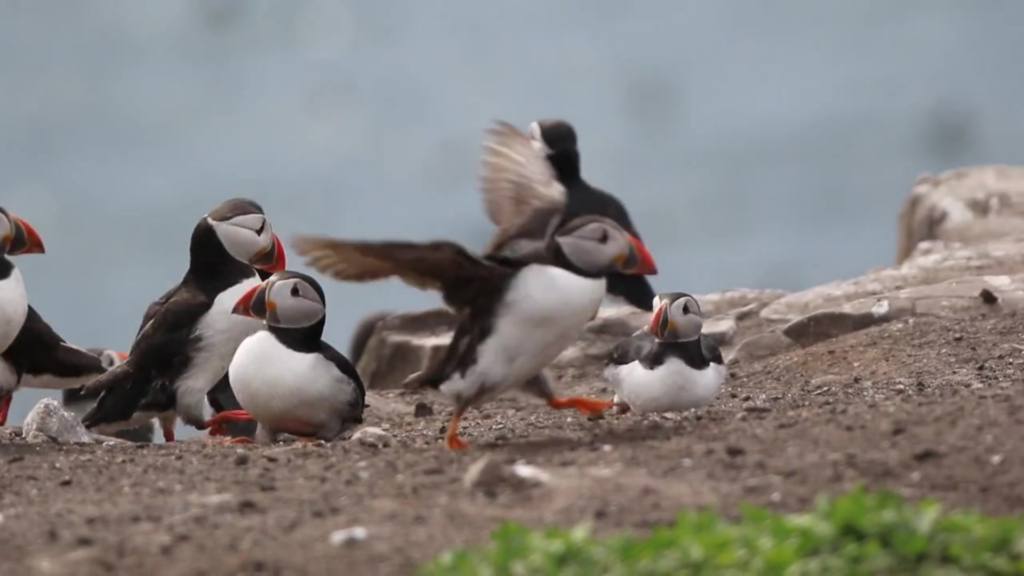



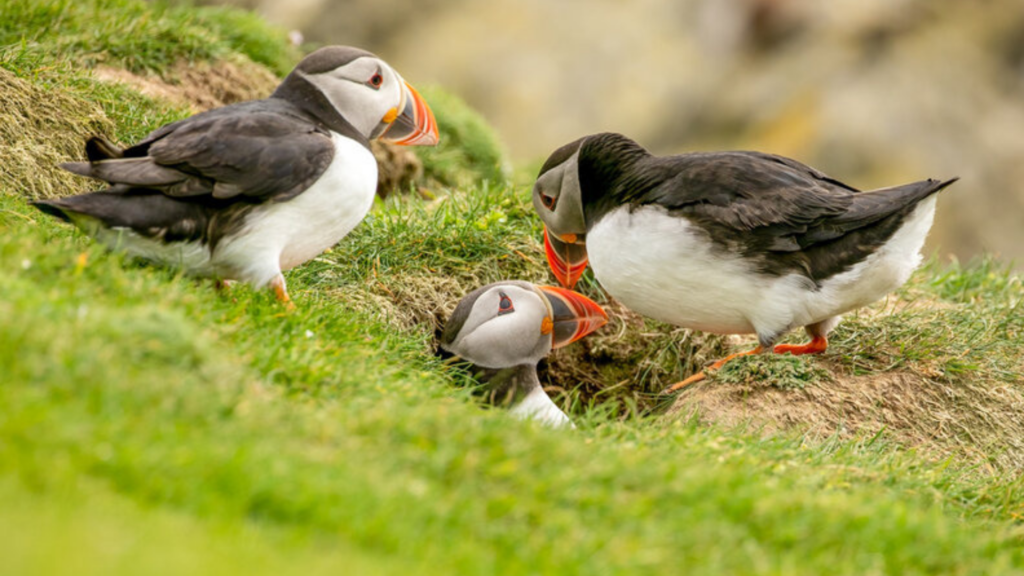

Solo Travelers: Puffin Migration ✈️
After breeding season, puffins embark on an epic migration—but unlike other birds, they don’t migrate in flocks! Instead, they travel alone, spending the entire winter at sea.
✔ They float on the waves and dive for fish, often in the frigid waters of the North Atlantic and North Pacific.
✔ Some puffins travel thousands of miles from their breeding grounds to their wintering areas.
They are truly pelagic birds, built for life on the ocean! 🌊
Mind-Blowing Puffin Facts 🤯
💨 Puffins are incredible fliers! They flap their wings up to 400 times per minute, reaching speeds of 55 mph!
🎨 Their beaks change color! In the breeding season, their beaks turn a bright fiery orange, but in winter, they fade to a duller shade—like a seasonal wardrobe change!
💅 Puffin beaks are made of keratin (like human fingernails, and after breeding season, they shed the outer layer, revealing a smaller, duller beak. It regrows and brightens again in spring!
🔊 They make deep growling sounds in their burrows, almost like they’re having tiny puffin conversations!
About Puffins
✔ Scientific Name: Fratercula (which means “little brother” in Latin, referring to their monk-like appearance!)
✔ Family: Alcidae – They’re related to auks, murres, and guillemots.
✔ Habitat: Coastal cliffs, islands, and remote Arctic/Atlantic shores.
✔ Range: Found in the North Atlantic and North Pacific, with large populations in Iceland, Norway, Canada, Greenland, and the UK.
✔ Diet: Small fish (sand eels, herring, capelin) – they can carry up to 30 at a time! 🐟
✔ Lifespan: Around 20 years in the wild, sometimes longer in protected areas.
✔ Reproduction: One egg per season, both parents share incubation and feeding duties.
✔ Conservation Status: Varies by species – the Atlantic Puffin is classified as Vulnerable due to climate change and declining fish populations.
Final Thoughts: Puffins Are Amazing! 🐧
Next time you see a picture of a puffin, you’ll know there’s so much more to them than just their colorful beaks and adorable waddles!



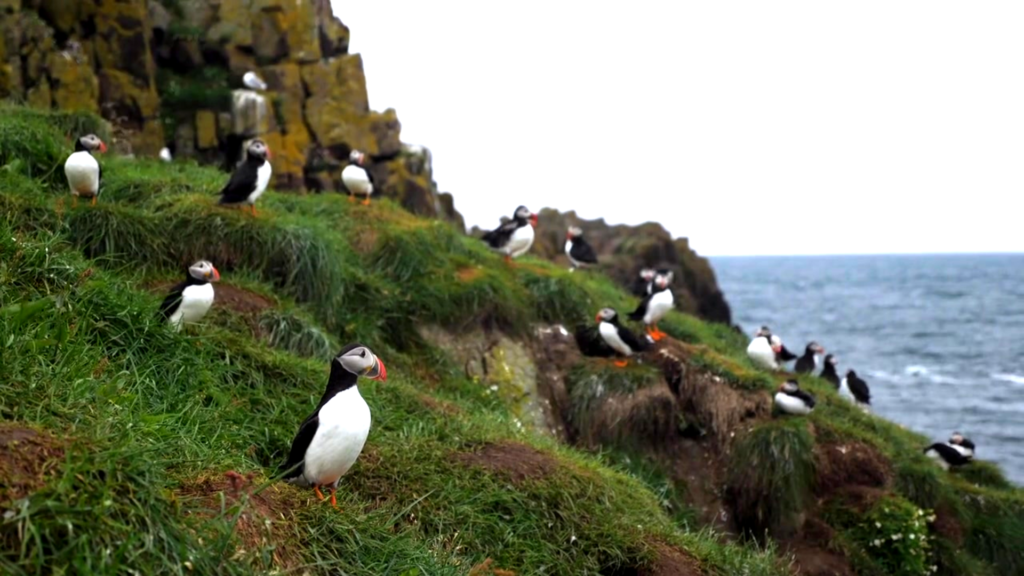
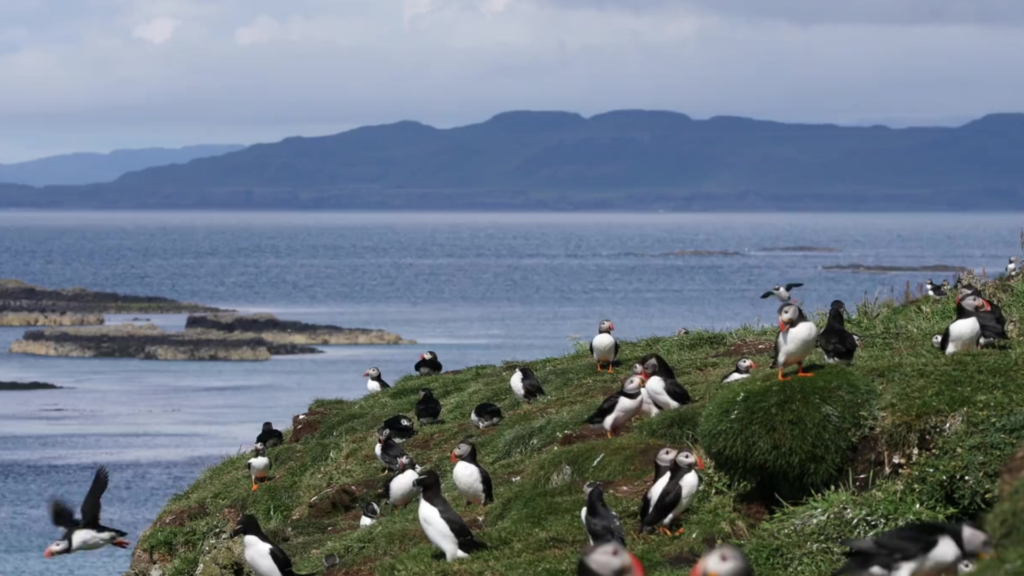
📢 Watch Our Puffins Video on YouTube! 🎥👇
🔗 Watch Now!
📢 Follow BearBunk for More Wildlife Facts! 🐾
🌎 Website: https://bearbunk.com
📷 Instagram: https://www.instagram.com/bearbunkanimals/
📌 Pinterest: https://www.pinterest.com/bearbunkAnimals/
📘 Facebook: https://www.facebook.com/BearBunk
📺 YouTube: https://www.youtube.com/@BearBunk
#Puffins #WildlifeFacts #NatureLovers #Seabirds #BirdsOfTheWorld

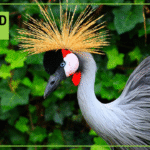




Leave a Reply